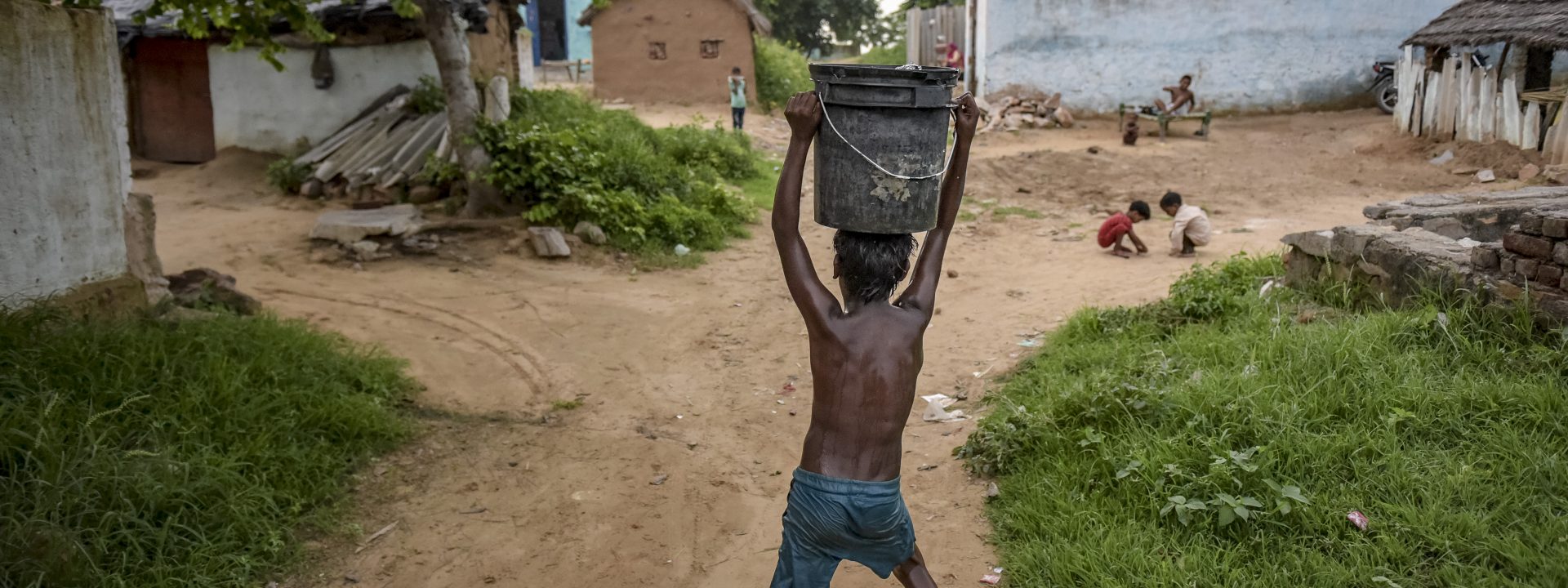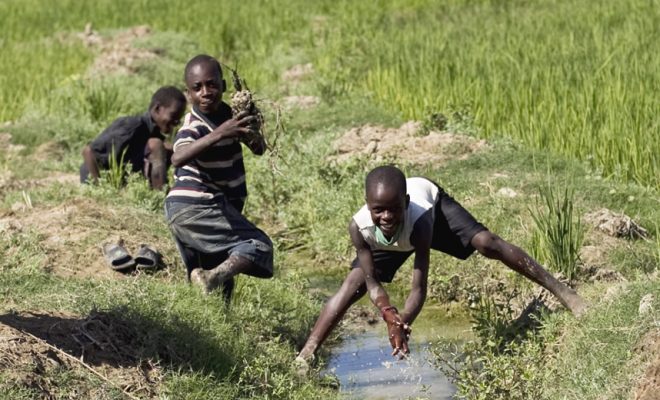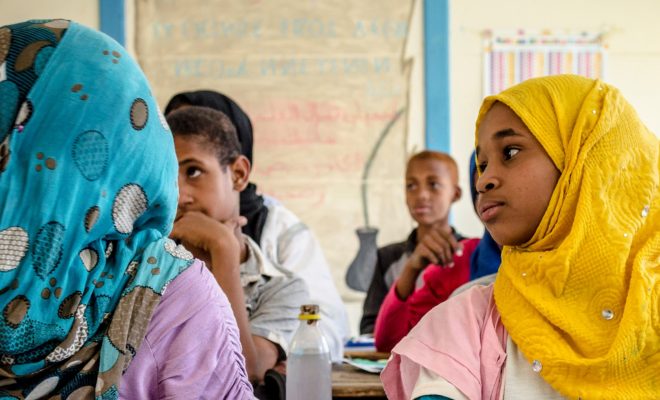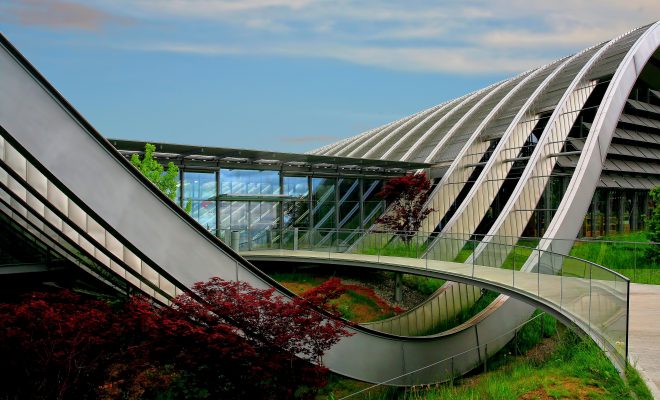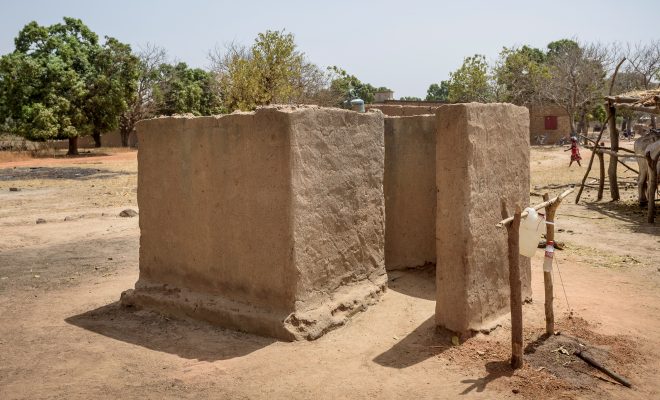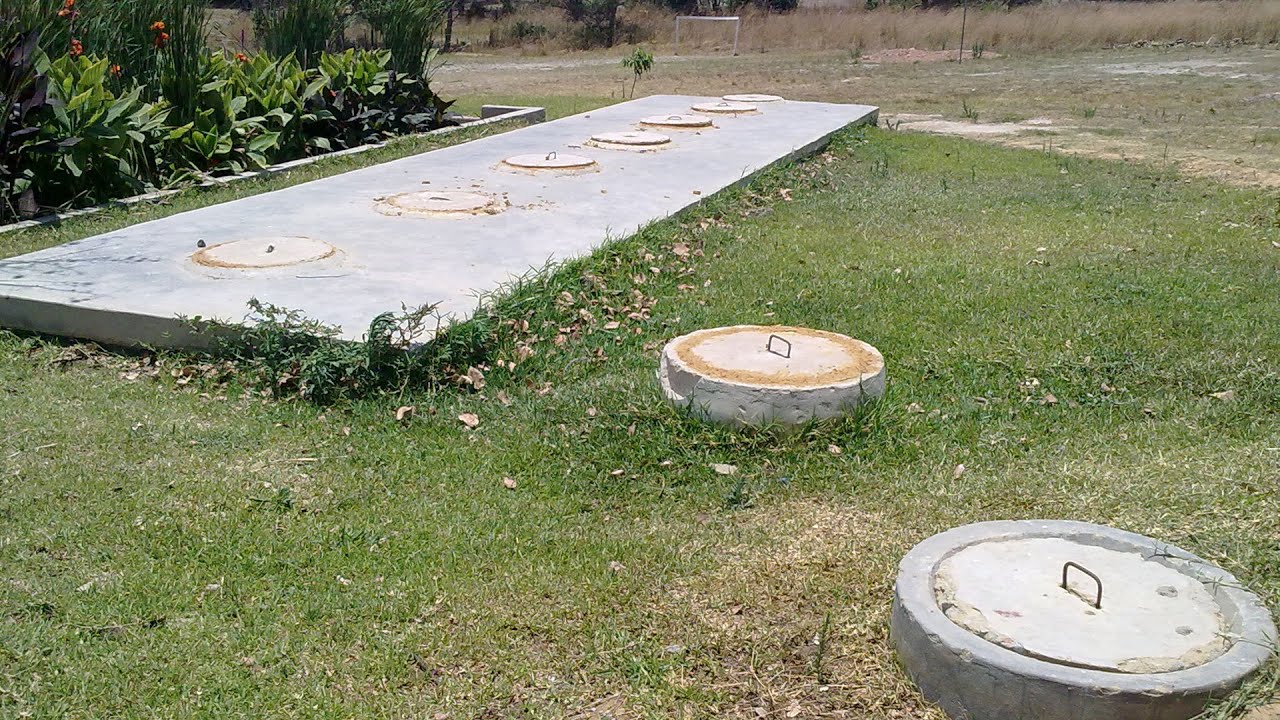
Decentralized wastewater treatment systems, best known as DEWATS are sanitation facilities designed to treat, reuse or dispose of wastewater at the same place where it is generated or at a very close location. They are therefore recommended to bring sanitation to the poorest regions that lack centralized water treatment systems based on a network of sewers and wastewater treatment plants.
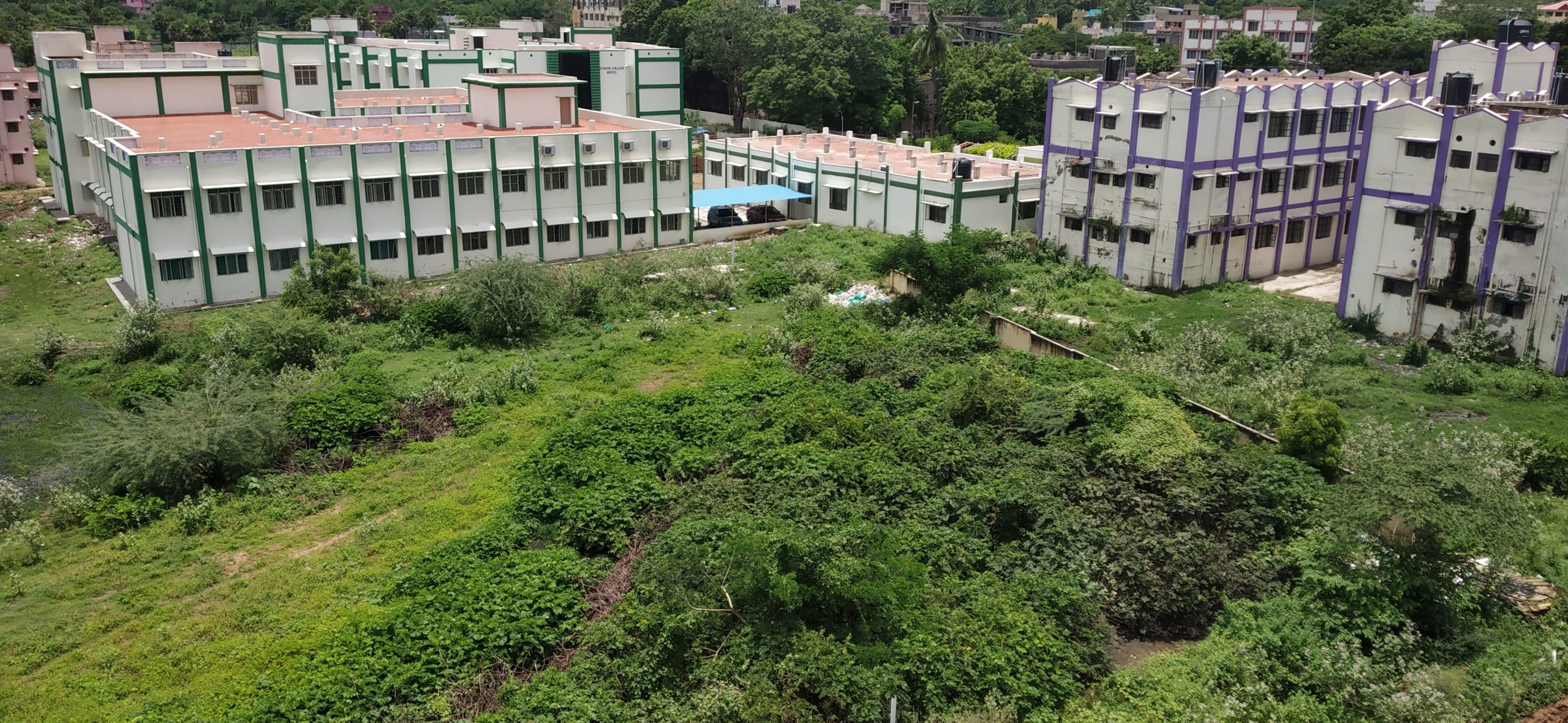
In partnership with World Vision, the Foundation is implementing DEWATS in in the District and Government Hospital & Medical College in the Indian city of Chengelpattu.© World Vision
A hospital in Chengelpattu as an example
This is the case of the project developed by the Foundation in partnership with World Vision in the District and Government Hospital & Medical College in the Indian city of Chengelpattu. This is a facility with 1,300 beds that provides free medical attention to communities, mainly to the most disadvantaged groups. The hospital has two buildings for Comprehensive Emergency Obstetric and New Born Care (CEMONC) and Hostel Blocks for female students and internal staff.
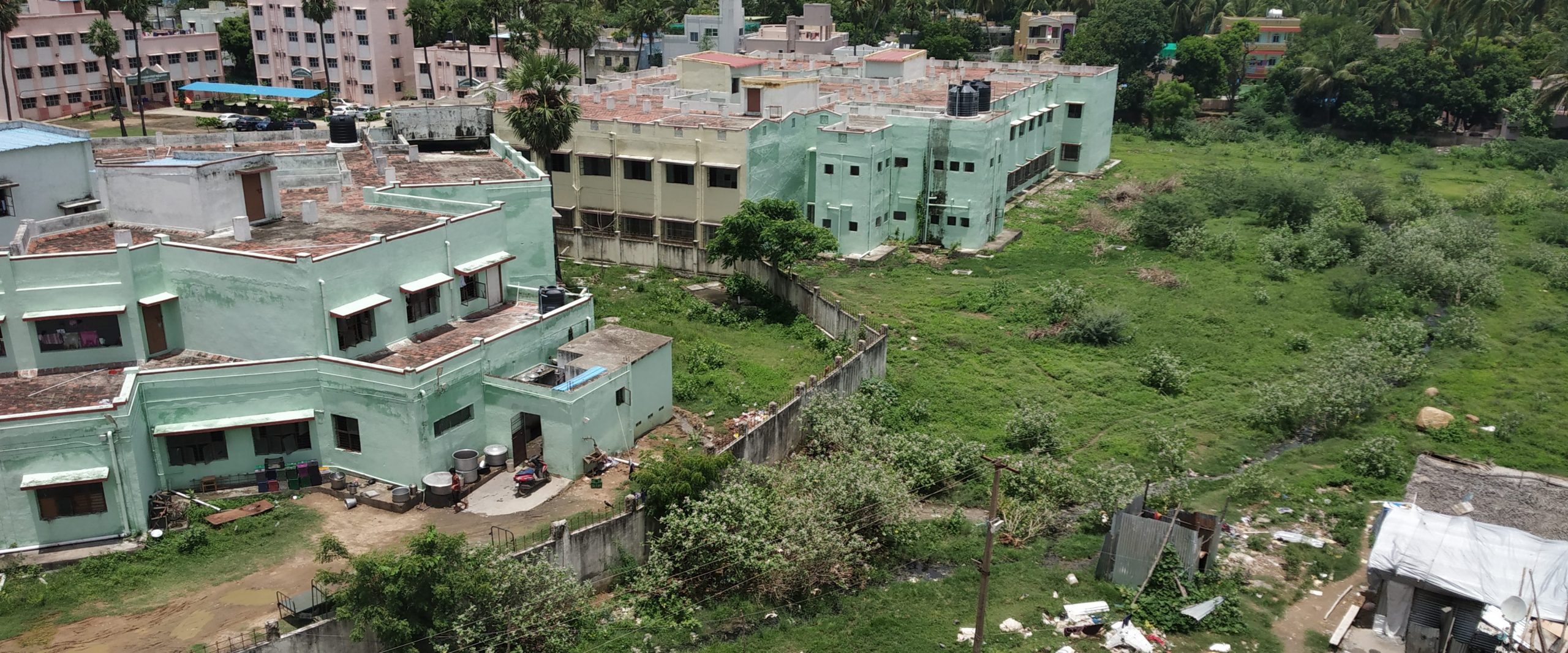
The wastewater of these buildings was not collected in sanitation systems nor was it treated. Instead, it was discharged behind the hospital campus. © World Vision
The wastewater of these buildings was not collected in sanitation systems nor was it treated. Instead, it was discharged behind the hospital campus. The constant flow of untreated wastewater endangered the community’s health and polluted aquifers.
In the first phase, the project established the goal of installing a DEWATS unit for the clinical treatment buildings. The project was developed between August 2020 and March 2021, amidst the Covid-19 pandemic, when the hospital required more help. Once the installation was completed and its efficient operation had been confirmed, the second phase started, covering the student residential buildings, with the aim of completing all facilities by November. Thus, the wastewater of all buildings within the complex will be treated in a self-managed and sustainable way.
How does DEWATS work?
The main difference between decentralized systems, like DEWATS and centralized ones lies in the wastewater transport structure. As it is located very close to the effluents, DEWATS does not depend on complex sewage systems, as is the case of centralized systems. It only requires a small transport network; in some cases, like in the Chengelpattu hospital, one single pipe is all it requires.
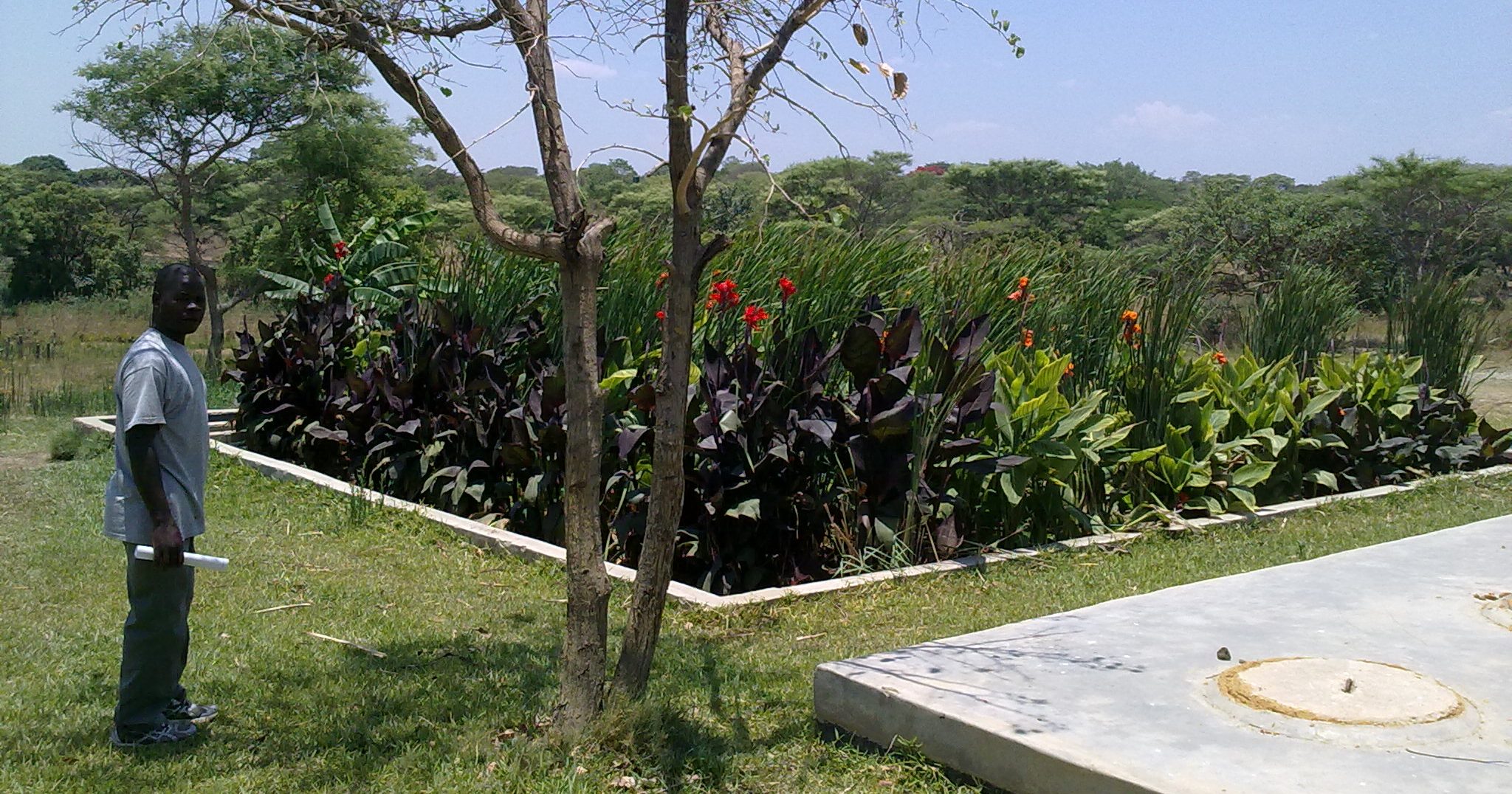
The main difference between decentralized systems, like DEWATS and centralized ones lies in the wastewater transport structure. © SuSanA Secretariat
There are different available technologies to treat water in DEWATS. The one chosen in Chengelpattu is based on the natural biological degradation of organic compounds by anaerobic microorganisms. It is a “nature-based” solution, which is slower and is usually implemented in areas with warm climates, as high temperatures increase the speed of these biological digestion processes. It is also recommended in those cases that do not have a high flow of wastewater, like in the buildings of the hospital complex.
These natural technologies are more resistant to fluctuating flows and do not require complex maintenance and operation. Waste water is collected in prefabricated tanks for sedimentation and biological digestion. Once treated, it is safely discharged into the environment, following government’s regulations. This also allows the use of wastewater for the alternative production of biogas and organic fertilizers.
The simplicity of the system does not require specialized staff for its operation and maintenance; this would include the removal of the accumulated mud once or twice per year and a routine inspection of the tanks to detect possible clogging caused by healthcare products like napkins or masks, incorrectly discarded by patients or health personnel. These are tasks than can be carried out by hospital staff after a short training period included in the project. The hospital’s administration department, in partnership with local authorities, will establish a continuous training program to provide the staff with the necessary skills and to ensure the sustainability of the facilities.
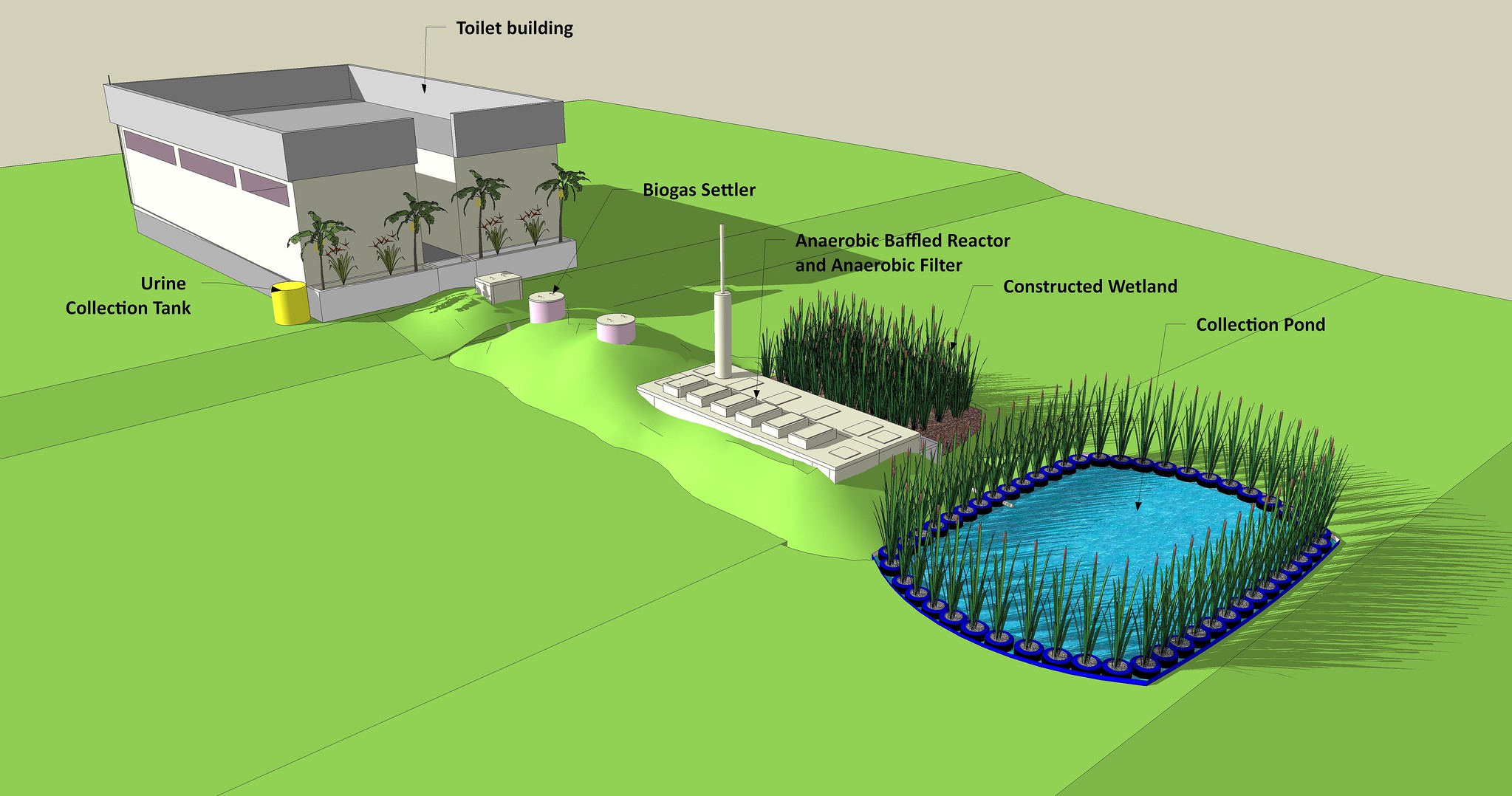
There are different available technologies to treat water in DEWATS. The one chosen in Chengelpattu is based on the natural biological degradation of organic compounds by anaerobic microorganisms. © SuSanA Secretariat
The DEWATS model is one of the different solutions being implemented to address the enormous health and environmental challenge posed by the fact that more than 80% of the wastewater generated in the world is returned to the ecosystem without any kind of treatment. It is an achievement that must reach the entire planet and put an end to a lethal scourge for millions of people, which blocks the access to water for the poorest and pollutes rivers, aquifers and oceans.


